Bullets
Bullets for Reloading by Berger Bullets and Lapua Bullets.
- Product
- Qty in Cart
- Quantity
- Price
- Subtotal
-


Lapua
Lapua Scenar-L OTM 6.5mm 136 gr - 100/Box
$62.29Lapua Scenar-L OTM 6.5mm 136 gr - 100/BoxScenar-L – The Ultimate Long Range Match BulletProduct no.4 PL/HL 6019Caliber6.5 mm (.264)BulletScenar-LBullet CodeGB546Bullet diameter6.71 mm (.264'')Bullet typeOpen Tip MatchBullet weight8.8 g (136...810-4PL6019$62.29 -
On Sale


Lapua
Lapua Scenar-L OTM 6.5mm 120 gr - 100/Box
$56.36$62.29Lapua Scenar-L OTM 6.5mm 120 gr - 100/BoxScenar-L – the Ultimate Long Range Match BulletProduct no.4 PL/HL 6021Caliber6.5 mm (.264)BulletScenar-LBullet CodeGB547Bullet diameter6.71 mm (.264'')Bullet typeOpen Tip MatchBullet weight7.8 g (120...810-4PL6021$56.36$62.29 -

Hornady
Hornady ELD-X Bullets 6.5mm 143 gr. (100)
$49.95The ELD-X® (Extremely Low Drag - eXpanding) bullet is a technologically advanced, match accurate, ALL-RANGE hunting bullet featuring highest-in-class ballistic coefficients and consistent, controlled expansion at ALL practical hunting distances...129-2635$49.95 -

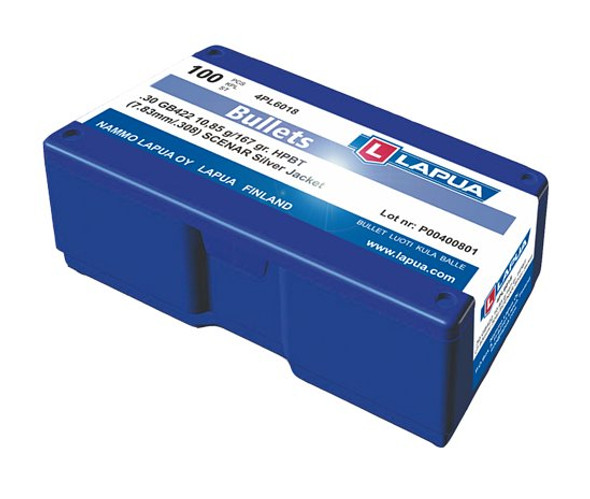
Lapua
Lapua Scenar Bullets .338 Caliber 250 grain Hollow Point Boat Tail 100/Box
$88.18Lapua Scenar Bullets .338 Caliber 250 grain Hollow Point Boat Tail 100/BoxBullet Diameter: .338 in/8.60mmWeight: 16.2 gramsGrain: 280Type: OTMBC G1: 0.648BC G7: 0.322 Holder of the still unbeaten, still unmatched World Record perfect score of 600...810-4PL8017$88.18 -
On Sale


Lapua
Lapua Scenar Bullets .308 Caliber 185 grain Hollow Point Boat Tail 100/Box
$51.19$56.58Lapua Scenar Bullets .308 Caliber 185 grain Hollow Point Boat Tail 100/BoxBullet Diameter: .308 in/7.83mmWeight: 12.0 gramsGrain: 185Type: OTMBC G1: 0.482BC G7: 0.242 Holder of the still unbeaten, still unmatched World Record perfect score of 600...810-4PL7071$51.19$56.58 -


Lapua
Lapua Scenar Bullets 264 Caliber 6.5mm 139 grain Hollow Point Boat Tail 100/Box
$51.95Lapua Scenar Bullets 264 Caliber 6.5mm 139 grain Hollow Point Boat Tail 100/BoxBullet Diameter: .264 in/6.71mmWeight: 9.0 gramsGrain: 139Type: OTMBC G1: 0.578BC G7: 0.290 Holder of the still unbeaten, still unmatched World Record perfect score of...810-4PL6018$51.95 -
On Sale


Lapua
Lapua Scenar Bullets 264 Caliber 6.5mm 123 grain Hollow Point Boat Tail 100/Box
$48.49$53.59Lapua Scenar Bullets 264 Caliber 6.5mm 123 grain Hollow Point Boat Tail 100/BoxBullet Diameter: .264 in/6.71mmWeight: 8.0 gramsGrain: 123Type: OTMBC G1: 0.527BC G7: 0.263 Holder of the still unbeaten, still unmatched World Record perfect score of...810-4PL6032$48.49$53.59 -
On Sale

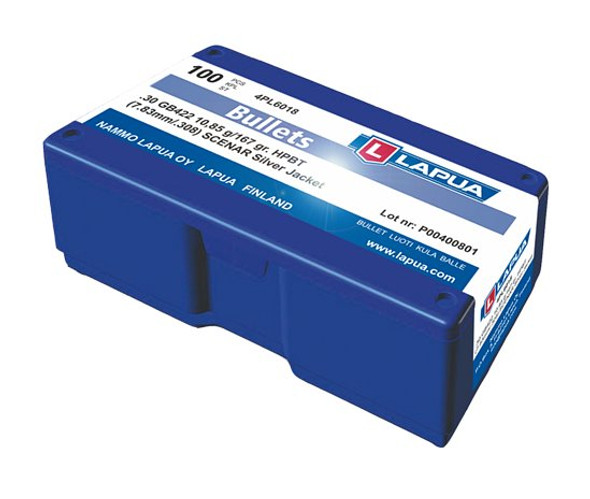
Lapua
Lapua Scenar-L Bullets .243 Caliber, 6mm 105 grain Hollow Point Boat Tail (Long Range) 100/Box
$55.34$61.16Lapua Scenar Bullets .243 Caliber, 6mm 105 grain Hollow Point Boat Tail 100/Box (L-Long Range)Bullet Diameter: .224 in/6.18mmWeight: 6.8 gramsGrain: 105Type: OTMBC G1: 0.472BC G7: 0.236 Holder of the still unbeaten, still unmatched World Record...810-4PL6050$55.34$61.16 -
On Sale

Lapua
Lapua Soft Point Bullets 224 Caliber 55 grain 100/Box
$41.23$45.56Lapua Soft Point Bullets 224 Caliber 55 grain 100/Box Lapua´s Soft Point bullet is designed for small game hunting where the rapid opening and mushrooming of the bullet are some of the most important characteristics. The Lapua Soft Point bullet is...810-4PL5006$41.23$45.56 -
On Sale

Berger Bullets
Berger Hunting Bullets 243 caliber 6mm 87 grain VLD (100)
$47.00$51.95Berger Hunting VLD Bullet .243/6mm CaliberThe VLD design incorporates a sharp nose that allows the bullet to penetrate up to 3 inches before it starts to expand. This delayed expansion results in a wound channel that is deep inside the vital area of any...208-24524$47.00$51.95 -
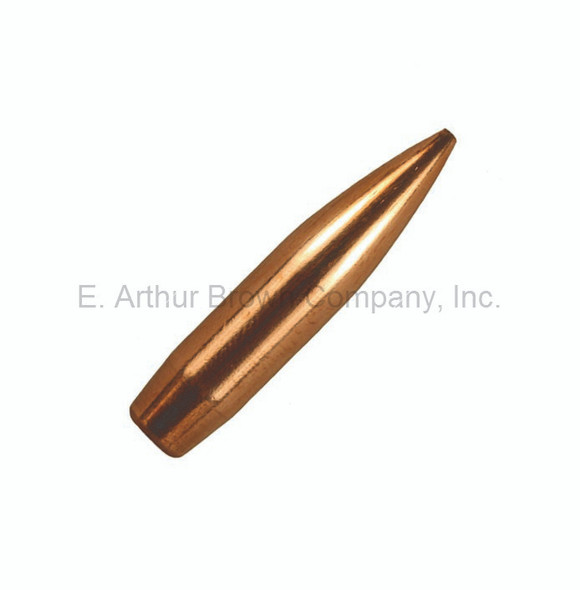
Berger Bullets
Berger Elite Hunter Bullets 284 Caliber 7mm 175 grain Classic Hunter (100)-NEW!
$76.99$71.99Berger Elite Hunter Bullets .284 Caliber, (100) 175 grain For the first time in Bergers? history, they have purposefully designed a line of hunting bullets that conform to the restrictive dimensional standards set by SAAMI. These bullets were designed...208-28554$76.99$71.99 -
On Sale
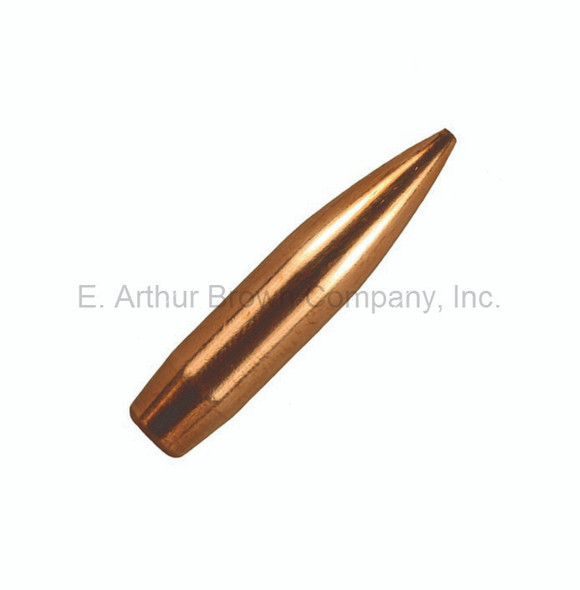
Berger Bullets
Berger Classic Hunter Bullets 284 Caliber 7mm 150 grain Classic Hunter (100)-NEW!
$61.92$68.44Berger Classic Hunter Bullets .284 Caliber, (100) 150 grain For the first time in Bergers? history, they have purposefully designed a line of hunting bullets that conform to the restrictive dimensional standards set by SAAMI. These bullets were designed...208-28571$61.92$68.44 -
On Sale

Berger Bullets
Berger Classic Hunter Bullets 277 Caliber 140 grain Classic Hunter (100)-NEW!
$59.78$66.08Berger Classic Hunter Bullets .270, 277 Caliber 140 grain For the first time in Bergers? history, they have purposefully designed a line of hunting bullets that conform to the restrictive dimensional standards set by SAAMI. These bullets were designed...208-27571$59.78$66.08 -
On Sale

Berger Bullets
Berger Elite Hunter Bullets 264 Caliber 6.5mm 140 grain (100)-NEW!
$58.73$64.92Berger Elite Hunter Bullet .264/6.5mm CaliberThe VLD design incorporates a sharp nose that allows the bullet to penetrate up to 3 inches before it starts to expand. This delayed expansion results in a wound channel that is deep inside the vital area of...208-26552$58.73$64.92 -
On Sale

Berger Bullets
Berger Classic Hunter Hybrid Bullets 264 Caliber 6.5mm 135 grain (100) -NEW!
$57.65$63.71Berger Classic Hunter Bullet .264/6.5mm CaliberThe VLD design incorporates a sharp nose that allows the bullet to penetrate up to 3 inches before it starts to expand. This delayed expansion results in a wound channel that is deep inside the vital area of...208-26571$57.65$63.71 -
On Sale

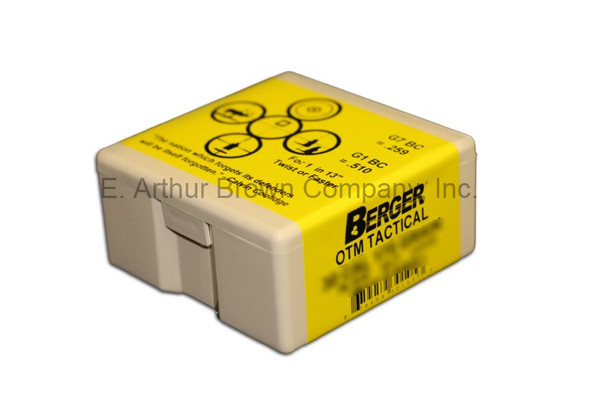
Berger Bullets
Berger Tactical Bullets 264 Caliber 6.5mm 130 Gr AR Hybrid OTM (100)
$58.73$64.92Berger 26195 Tactical 6.5mm 130 Gr AR Hybrid OTM - Qty 100 The Tactical Open Tip Match (OTM) bullet line bridges the gap between functionality and the highest possible ballistic performance. These bullets are made with thicker jackets allowing...208-26195$58.73$64.92 -
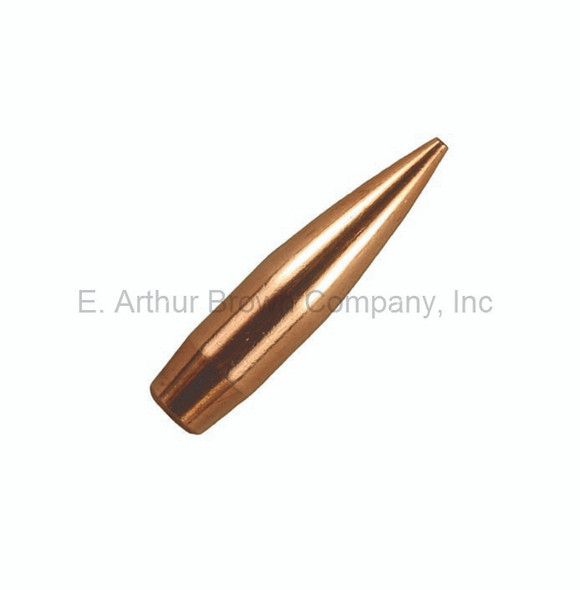
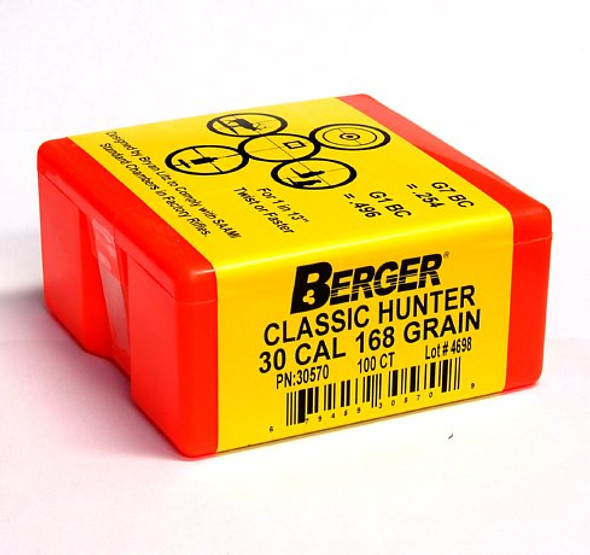
Berger Bullets
Berger Hunting Bullets 277 Caliber 130 grain Classic Hunter Boat Tail (100)
$69.99$62.95Berger Classic Hunter Bullets .270, 277 Caliber 130 grain BT For the first time in Bergers? history, they have purposefully designed a line of hunting bullets that conform to the restrictive dimensional standards set by SAAMI. These bullets were designed...208-27570$69.99$62.95 -


Berger Bullets
Berger Hunting Bullets 243 Caliber 6mm 95 grain Classic Hunter Boat Tail (100)
$52.99$48.95Berger Classic Hunter Bullets .243 Caliber 6mm 95 grain BT For the first time in Bergers? history, they have purposefully designed a line of hunting bullets that conform to the restrictive dimensional standards set by SAAMI. These bullets were designed...208-24570$52.99$48.95 -
On Sale


Berger Bullets
Berger Match Target Bullets 308 Caliber 7.62mm 230 grain Hybrid (100)
$74.75$82.62Berger Match Target Hybrid Bullets .308/30 Caliber 230 grain The Hybrid design blends two common bullet nose shapes on the front section of the bullet (from the tip to the start of the bearing surface). Most of the curved section of the bullet has a...208-30430$74.75$82.62 -


Berger Bullets
Berger Match Target Bullets 308 Caliber 7.62mm 215 grain Hybrid (100)
$82.99$76.71Berger Match Target Hybrid Bullets .308/30 Caliber 215 grain The Hybrid design blends two common bullet nose shapes on the front section of the bullet (from the tip to the start of the bearing surface). Most of the curved section of the bullet has a...208-30429$82.99$76.71 -
On Sale
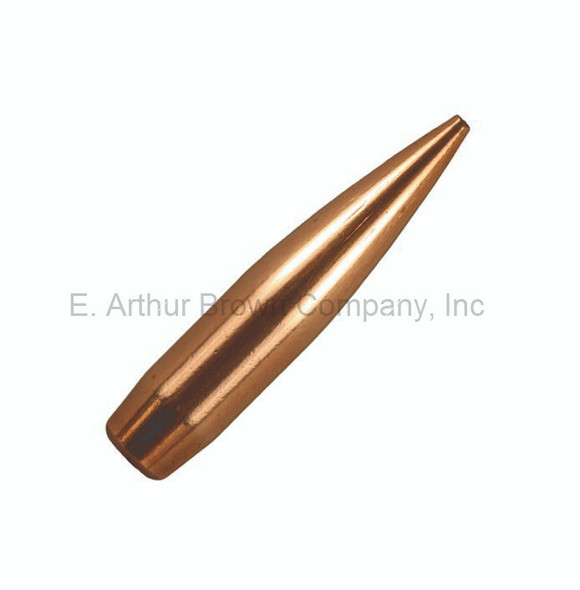

Berger Bullets
Berger Match Target Bullets 308 Caliber 7.62mm 200 grain Hybrid (100)
$68.33$75.53Berger Match Target Hybrid Bullets .308/30 Caliber 200 grain The Hybrid design blends two common bullet nose shapes on the front section of the bullet (from the tip to the start of the bearing surface). Most of the curved section of the bullet has a...208-30427$68.33$75.53 -
On Sale


Berger Bullets
Berger Match Target Bullets 308 Caliber 7.62mm 155 grain Hybrid (100)
$63.00$69.63Berger Match Target Hybrid Bullets .308/30 Caliber 155 grain The Hybrid design blends two common bullet nose shapes on the front section of the bullet (from the tip to the start of the bearing surface). Most of the curved section of the bullet has a...208-30426$63.00$69.63 -
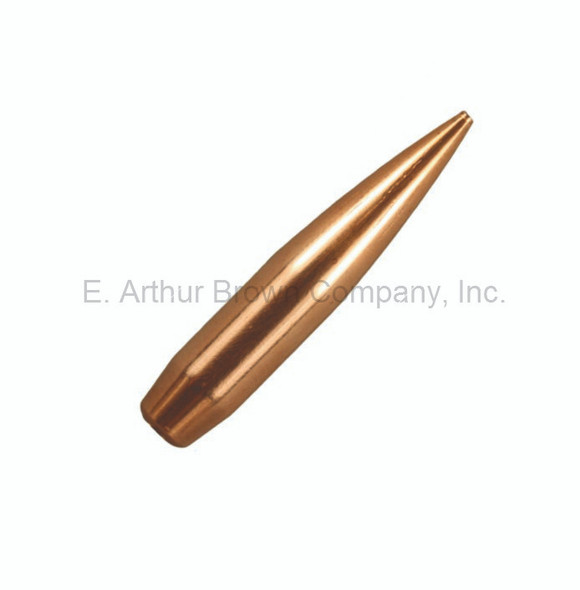
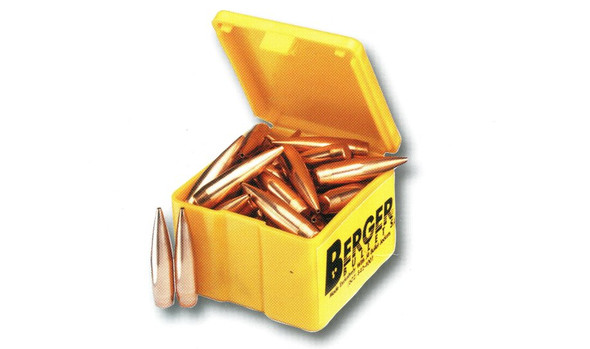
Berger Bullets
Berger Match Target Bullets 264 Caliber 6.5mm 130 grain VLD (100)
$69.99$64.92Berger Match Target Bullets .264/6.5mm Caliber 130 grain VLD Actually, ALL Berger Bullets are Match Grade, which means that they use the highest quality copper and lead available. The copper is made into the J4 Precision Jacket, which is recognized...208-26403$69.99$64.92 -
On Sale


Berger Bullets
Berger Match Target Bullets 243 Caliber 6mm 95 grain VLD (100)
$48.03$53.08Berger Match Target Bullets .243/6mm Caliber 95 grain VLD Actually, ALL Berger Bullets are Match Grade, which means that they use the highest quality copper and lead available. The copper is made into the J4 Precision Jacket, which is recognized around...208-24427$48.03$53.08 -
On Sale


Berger Bullets
Berger Match Target Bullets 243 Caliber 6mm 90 grain Boat Tail (100)
$47.00$51.95Berger Match Target Bullets .243/6mm Caliber 90 grain Boat Tail Actually, ALL Berger Bullets are Match Grade, which means that they use the highest quality copper and lead available. The copper is made into the J4 Precision Jacket, which is recognized...208-24425$47.00$51.95 -


Berger Bullets
Berger Match Target Bullets 243 Caliber 6mm 68 grain Flat Base (100)
$47.99$44.84Berger Match Target Bullets .243/6mm Caliber 68 grain Flat Bottom Actually, ALL Berger Bullets are Match Grade, which means that they use the highest quality copper and lead available. The copper is made into the J4 Precision Jacket, which is recognized...208-24411$47.99$44.84 -
On Sale

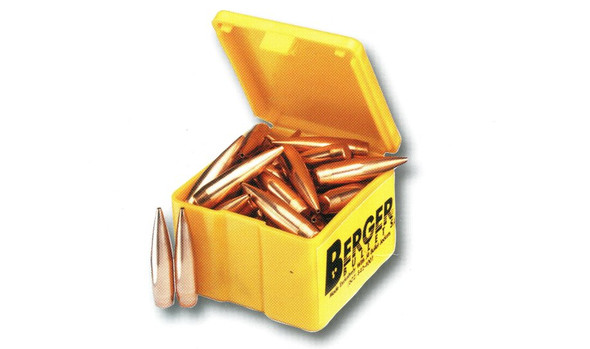
Berger Bullets
Berger Match Target Bullets 224 Caliber 80 grain VLD (100)
$41.65$46.03Berger Match Target Bullets .224 /22 Caliber 80 grain VLD Actually, ALL Berger Bullets are Match Grade, which means that they use the highest quality copper and lead available. The copper is made into the J4 Precision Jacket, which is recognized around...208-22422$41.65$46.03 -
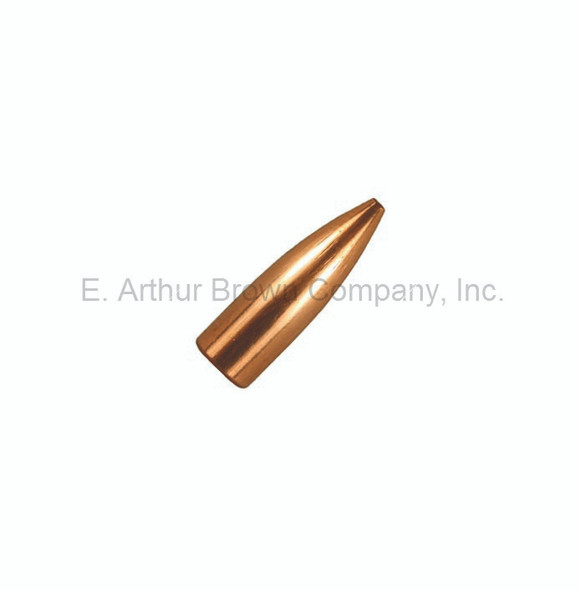

Berger Bullets
Berger Match Target Bullets .224 /22 Caliber 52 grain Flat Base (100)
$42.99$39.95Berger Match Target Bullets .224 /22 Caliber 52 grain Flat Bottom Actually, ALL Berger Bullets are Match Grade, which means that they use the highest quality copper and lead available. The copper is made into the J4 Precision Jacket, which is recognized...208-22408$42.99$39.95 -


Berger Bullets
Berger Hunting Bullets 308 Caliber 7.62mm 210 grain VLD (100)
$79.99$74.36Berger Hunting VLD Bullet .308/30 CaliberThe VLD design incorporates a sharp nose that allows the bullet to penetrate up to 3 inches before it starts to expand. This delayed expansion results in a wound channel that is deep inside the vital area of any...208-30515$79.99$74.36 -
On Sale
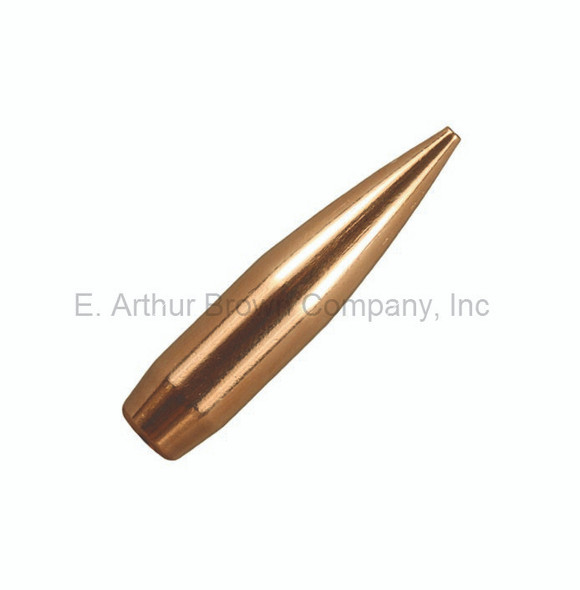

Berger Bullets
Berger Hunting Bullets 308 Caliber 7.62mm 185 grain VLD (100)
$65.13$71.99Berger Hunting VLD Bullet .308/30 CaliberThe VLD design incorporates a sharp nose that allows the bullet to penetrate up to 3 inches before it starts to expand. This delayed expansion results in a wound channel that is deep inside the vital area of any...208-30513$65.13$71.99 -
On Sale


Berger Bullets
Berger Hunting Bullets 308 Caliber 7.62mm 155 grain VLD (100)
$61.92$68.44Berger Hunting VLD Bullet .308 Caliber 7.62mmThe VLD design incorporates a sharp nose that allows the bullet to penetrate up to 3 inches before it starts to expand. This delayed expansion results in a wound channel that is deep inside the vital area of...208-30508$61.92$68.44 -
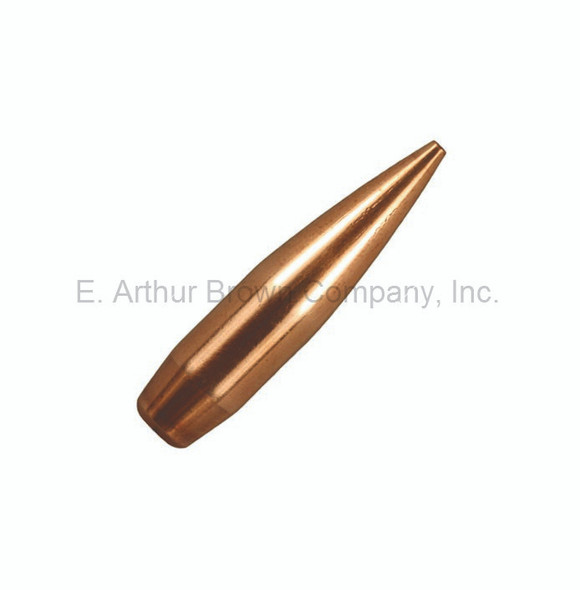
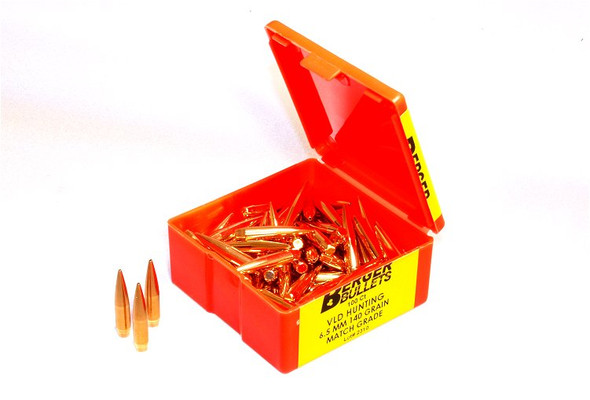
Berger Bullets
Berger Hunting Bullets 284 Caliber 7mm 140 grain VLD (100)
$73.99$68.44Berger Hunting VLD Bullet .284/7mm CaliberThe VLD design incorporates a sharp nose that allows the bullet to penetrate up to 3 inches before it starts to expand. This delayed expansion results in a wound channel that is deep inside the vital area of any...208-28503$73.99$68.44 -
On Sale


Berger Bullets
Berger Hunting Bullets 277 Caliber 140 grain VLD (100)
$59.78$66.08Berger Hunting VLD Bullet .277/ 270 CaliberThe VLD design incorporates a sharp nose that allows the bullet to penetrate up to 3 inches before it starts to expand. This delayed expansion results in a wound channel that is deep inside the vital area of any...208-27502$59.78$66.08 -
On Sale


Berger Bullets
Berger Hunting Bullets 264 Caliber 6.5mm 140 grain VLD (100)
$58.73$64.92Berger Hunting VLD Bullet .264/6.5mm CaliberThe VLD design incorporates a sharp nose that allows the bullet to penetrate up to 3 inches before it starts to expand. This delayed expansion results in a wound channel that is deep inside the vital area of...208-26504$58.73$64.92 -
On Sale

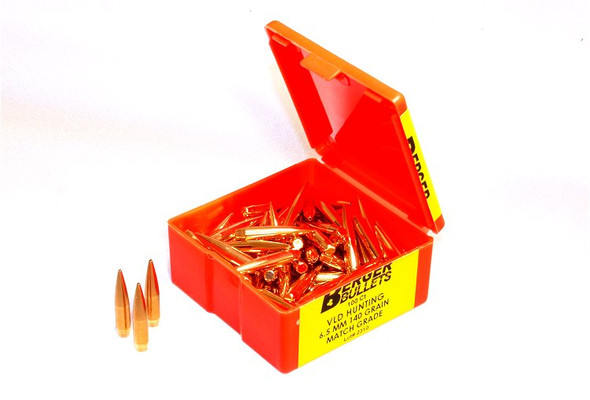
Berger Bullets
Berger Hunting Bullets 264 Caliber 6.5mm 130 grain VLD (100)
$58.73$64.92Berger Hunting VLD Bullet .264/6.5mm CaliberThe VLD design incorporates a sharp nose that allows the bullet to penetrate up to 3 inches before it starts to expand. This delayed expansion results in a wound channel that is deep inside the vital area of...208-26503$58.73$64.92 -


Berger Bullets
Berger Hunting Bullets 257 Caliber 115 grain VLD (100)
$66.99$62.55Berger Hunting VLD Bullet .257 CaliberThe VLD design incorporates a sharp nose that allows the bullet to penetrate up to 3 inches before it starts to expand. This delayed expansion results in a wound channel that is deep inside the vital area of any big...208-25513$66.99$62.55 -
On Sale
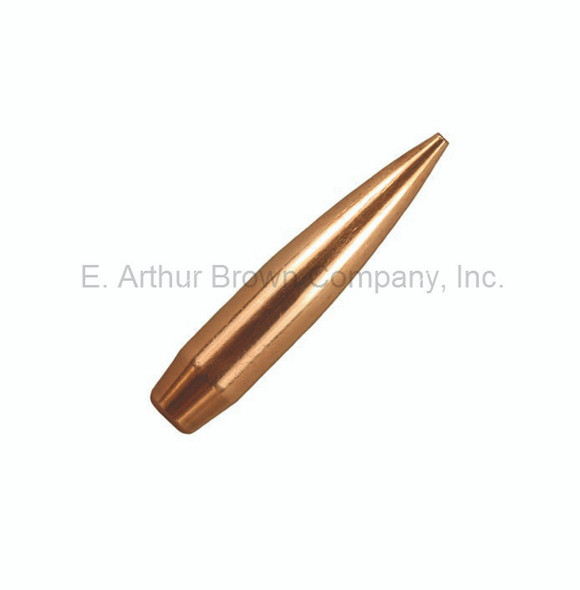

Berger Bullets
Berger Hunting Bullets 243 Caliber 6mm 105 grain VLD (100)
$49.12$54.27Berger Hunting VLD Bullet .243/6mm CaliberThe VLD design incorporates a sharp nose that allows the bullet to penetrate up to 3 inches before it starts to expand. This delayed expansion results in a wound channel that is deep inside the vital area of any...208-24528$49.12$54.27 -
On Sale


Berger Bullets
Berger Hunting Bullets 243 caliber 6mm 95 grain VLD (100)
$48.03$53.08Berger Hunting VLD Bullet .243/6mm CaliberThe VLD design incorporates a sharp nose that allows the bullet to penetrate up to 3 inches before it starts to expand. This delayed expansion results in a wound channel that is deep inside the vital area of any...208-24527$48.03$53.08 -
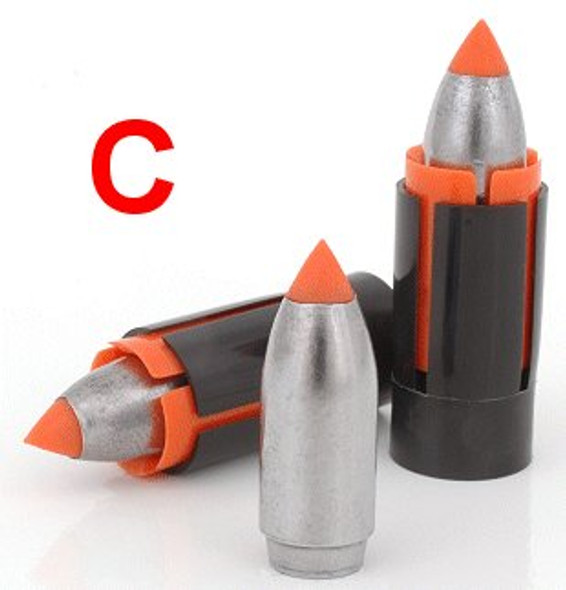
Precision Rifle
Dead Center Duplex (12 Bullets/Package)
$19.99Dead Center Duplex Bullets - Duplex Dead Center Bullet - Shoots a .357 caliber Dead Center bullet from your 50 caliber muzzle loader. A seemingly crazy idea that seats a high BC .357 caliber Dead Center bullet into a sabot-within-a-sabot...017-Duplex$19.99
